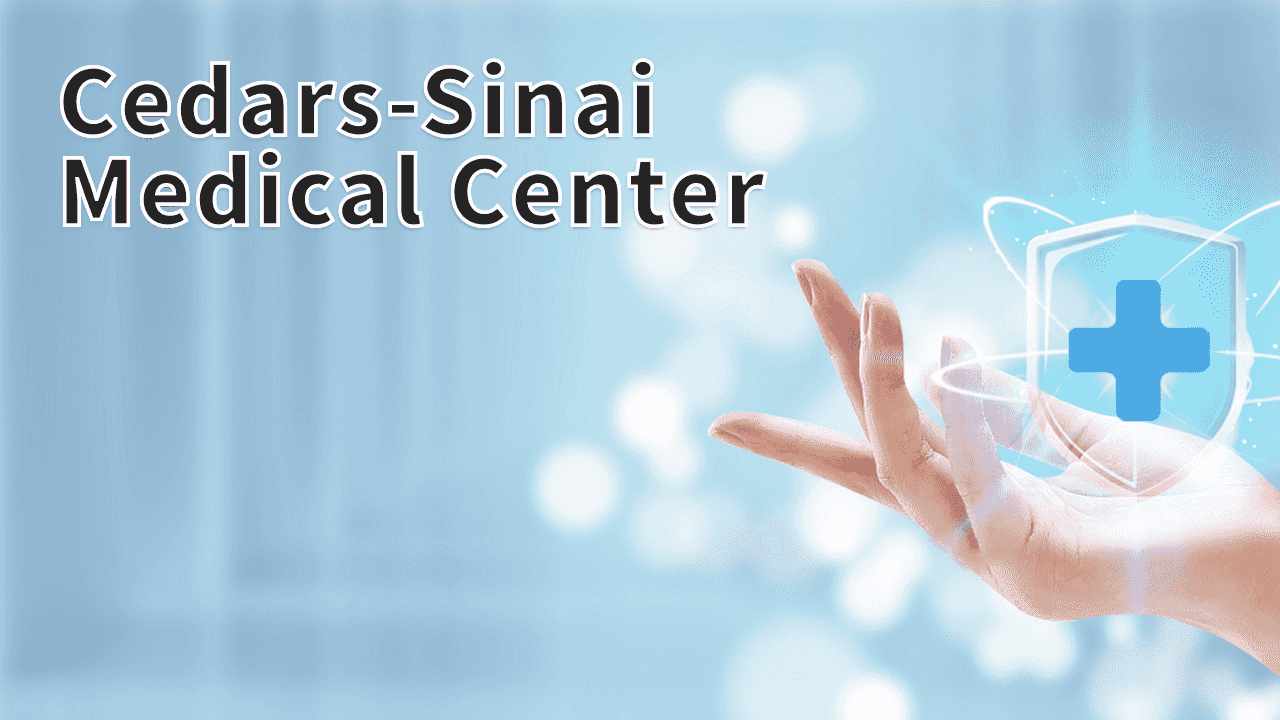About Cedars-Sinai Medical Centre
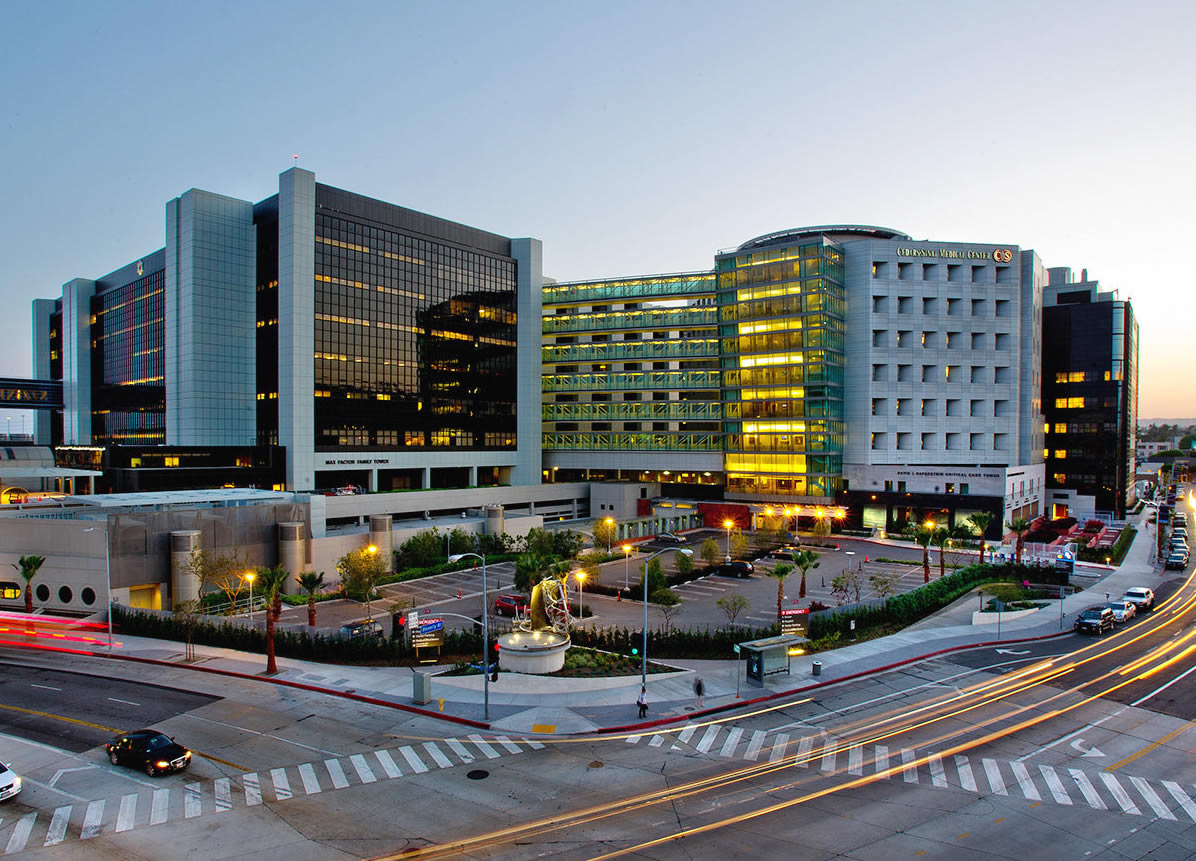
Cedars-Sinai Medical Center is a not-for-profit, tertiary 958-bed hospital and multi-specialty academic health sciences centre located near Beverly Grove, Los Angeles, California. It is part of the Cedars-Sinai Medical Center Health System, with more than 2,000 physicians and 10,000 EMP employees. Loyal people. A team of 2,000 volunteers and more than 40 community groups support more than 16,000 patients, and more than 350 residents and fellows are involved in more than 60 graduate medical education programmes.
Cedars Sinai focuses on biomedical research and technologically advanced medical education based on interdisciplinary collaboration between physicians and clinical researchers, and the institution has research centres including cardiovascular, genetics, gene therapy, gastroenterology, neuroscience Immunology, Surgery, Organ Transplantation, Stem Cells, Biomedical Imaging and Cancer, with over 800 research projects currently underway (led by 230 principal investigators).
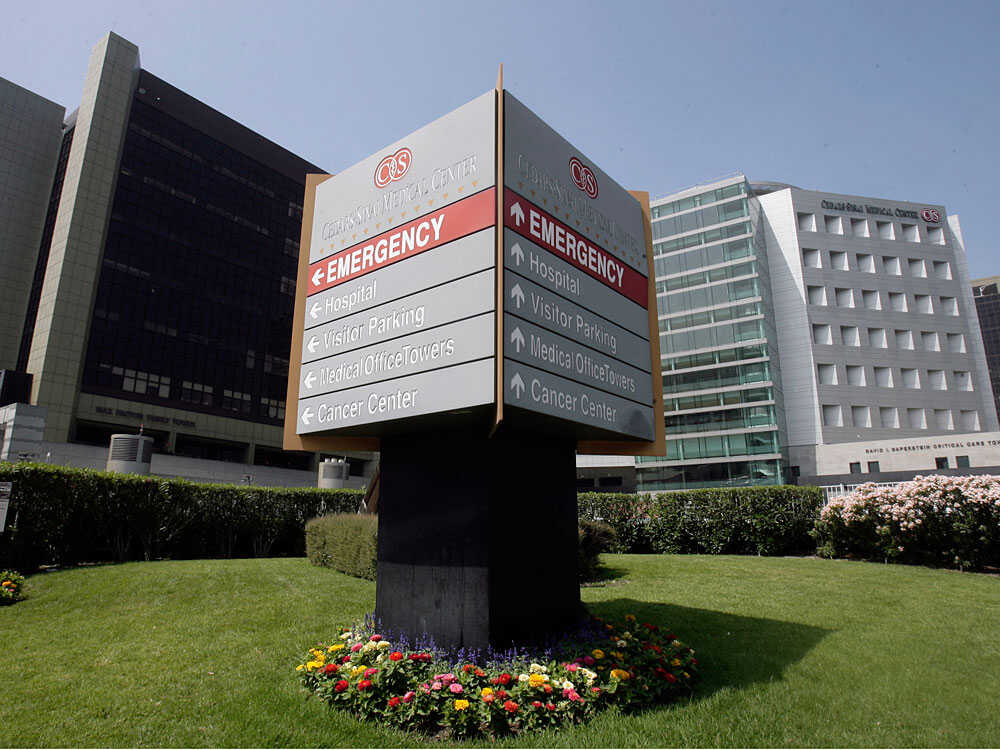
Cedars-Sinai trauma-related services are accredited as a Level I trauma centre for adults and paediatrics, ranging from prevention to rehabilitation, and are provided in collaboration with the hospital's surgery department. cedars-Sinai is affiliated with the University of Southern California California California Heart Center. Fornia and David Geffen School of Medicine at the University of California, Los Angeles (UCLA).
As of 2017, U.S. News & World Report ranked Cedars-Sinai No. 4 in the Western U.S., with UCSF Medical Center at No. 1. In addition, Cedars Sinai received national rankings for 12 adult specialties, including 5 in gastroenterology, 9 in cardiac surgery, 9 in orthopaedics, 10 in 12 in urology, 12 in gynaecology, 14 in diabetes and endocrinology and 14 in neurology and neurosurgery. Cedars of Sinai is located in the Harvey Morse Auditorium, whose patient care is depicted in the Jewish Medical Mural. Cedars-Sinai Medical Centre's heart transplant programme has experienced unprecedented growth since 2010. Statistically, Cedars-Sinai performs more heart transplants per year than any other medical centre in the world, completing 95 heart transplants in 2012 and 87 heart transplants in 2011.

Established in 1902, Cedars-Sinai Medical Centre is the largest not-for-profit hospital on the West Coast of the United States and the birthplace of several innovative American cancer treatments.
Cedars-Sinai is a leader in the United States and internationally in the treatment of heart disease, neurological disorders and cancer, and has been ranked as one of the eighth best hospitals in the country. The Cedars-Sinai Heart Center is ranked third in the nation for cardiac care.
The Cedars-Sinai Heart Center has long been trusted by Los Angeles residents and celebrities, and has attracted thousands of patients from more than 80 countries and regions.
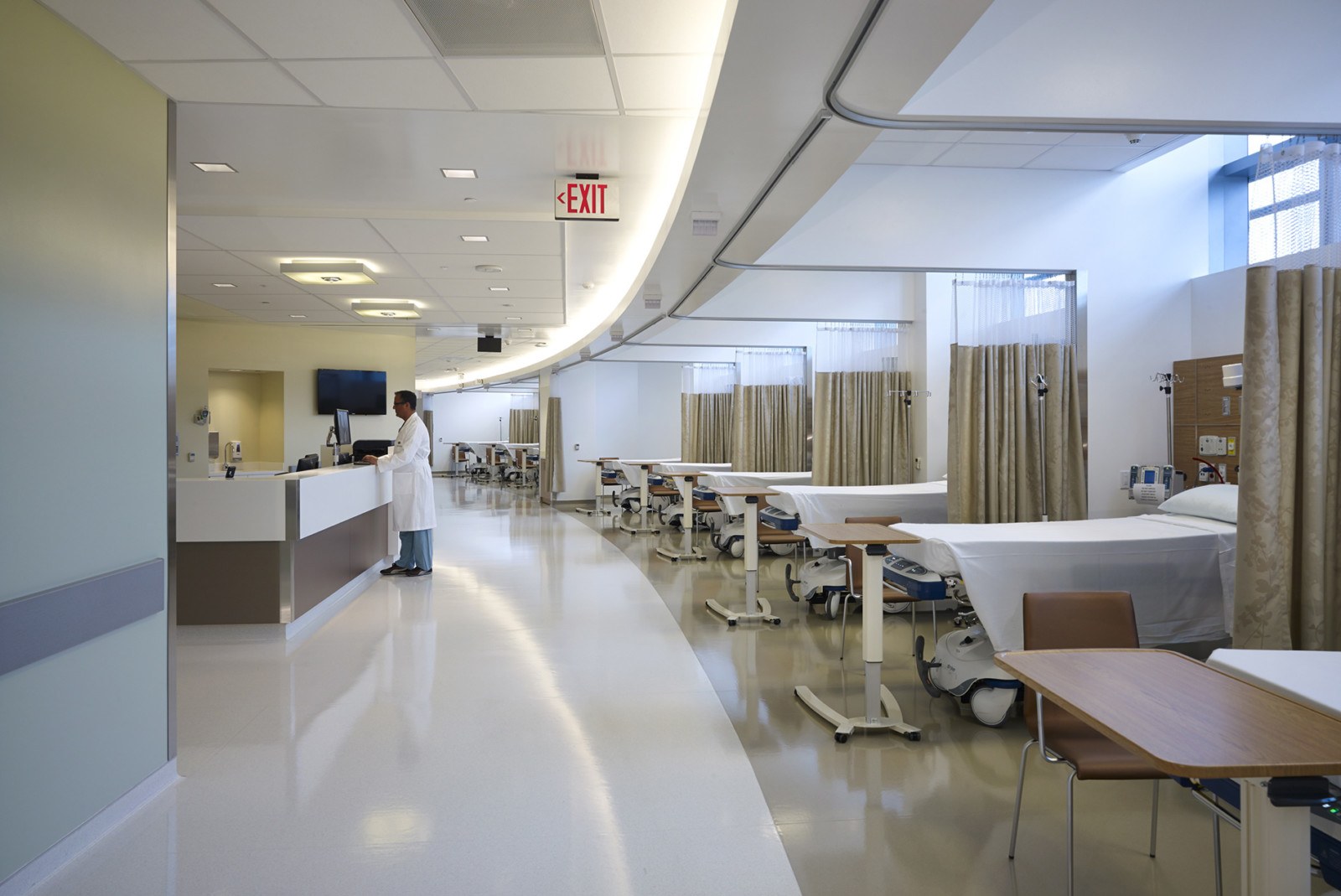
Cedars-Sinai Medical Centre Hospital History
Cedars-Sinai was founded and financed by the businessman Kaparekorn and was established as Kaparekorn Hospital in 1902. At that time, Cohen donated the two-storey Victorian home at 1441 Carroll Avenue in the Angeleno Heights neighbourhood of Los Angeles to the Hebrew Benevolent Society in memory of his brother Samuel. The hospital had only 12 beds when it opened on 21 September 1902, and its attendants were vices initially free of charge.
From 1906 to 1910, Dr Sarah Fanson, the first female physician in Los Angeles, was its director, and in 1910 the hospital moved and expanded to Stephenson Avenue (now Whittier Avenue), where it had 50 beds and a backhand room containing a 10-bed tuberculosis ward. It gradually changed from a charity hospital to a general hospital and began to charge patients for its services.
The hospital was re-located in 1930 to 4833 Fountain Avenue, where it was renamed after the religiously significant Cedar of Lebanon, which was used to build King Solomon's Temple in Jerusalem in the Bible. The Cedars of Lebanon can accommodate 279 patients.
In 1918, the BikurCholim Society opened its second Jewish hospital, the BikurCholim Shelter, when the Great Influenza Pandemic struck the U.S. In 1921, the shelter was moved to an eight-bed hospital in Boyle Heights and renamed the BikurCholim Hospital. in 1923, the BikurCholim Hospital became the home for the incurably ill at Mount Sinai.
On November 7, 1926, a newly named Mount Sinai Hospital moved to a 50-bed hospital in Bonny Beach. 1950 saw Emma and Hyman Levine donate their property near Beverly Hills and by 1955 the construction of Mount Sinai Hospital was completed and opened at 8700 Beverly Boulevard (now Cedars-Sina). Cedars Lebanon and Mount Sinai Hospital merged in 1961 to form Mount Sinai Medical Centre.
A donation from the Max Fuffic Family Foundation allowed for the construction of the current main hospital building, which broke ground on November 5, 1972 and opened on April 3, 1976.
In 1994, the Cedars-Sinai Health System was established, including the Cedars-Sinai Health Care Foundation, the Burns and Allen Institute and the Cedars-Sinai Medical Centre. The Burns and Allen Institute, named after George Burns and his wife Gracie Allen, is located in the Barbara and Marvin Davis Research Building. It opened in 1996 and houses biomedical research aimed at discovering the genetic, molecular and immunological factors that trigger disease.
In 1994, the original building was damaged and demolished during the Northridge earthquake.
In 2006, Sinai Cedars added 150 ICU beds to the Saperstein Intensive Care Tower.
In 2008, Cedars-Sinai received 54,947 inpatients, 350,405 outpatients and 77,964 emergency room visits, achieving high rankings in 11 out of 16 specialties, in the top 10 for digestive disorders and in the top 25 for the following five specialties.
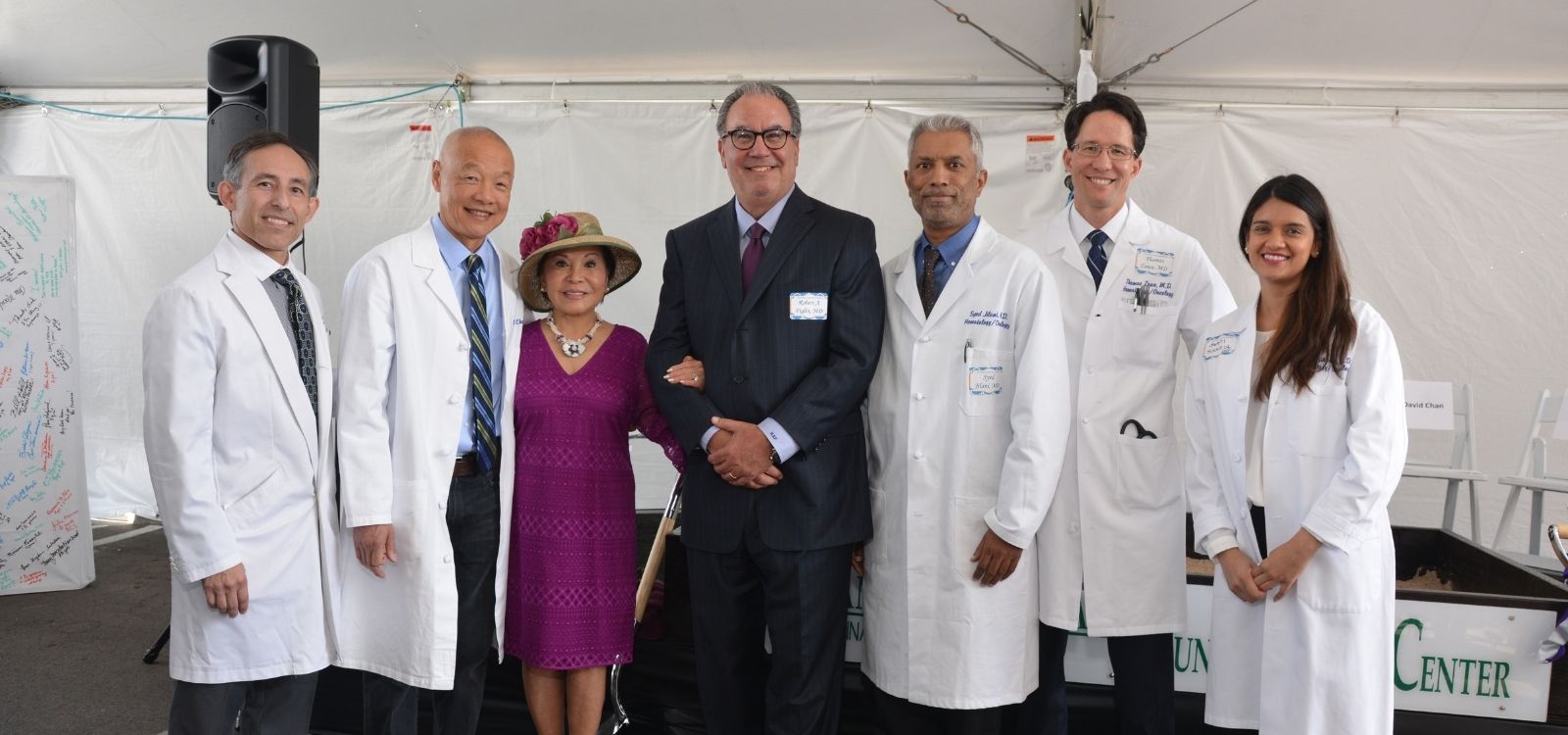
In 2013, Cedars-Sinai opened its 800,000-square-foot Advanced Health Sciences Pavilion on the eastern edge of its campus at the corner of San Vicente Avenue and Gracie Allen Boulevard, which consists of eight floors of project space in a six-level parking garage. The pavilion was designed by Hawker Architecture and combines patient care and translational research. The Advanced Health Sciences Pavilion includes Sinai Cedars' Neuroscience Program, Sinai Cedars Heart Institute and Regenerative Medicine Institute laboratories, as well as outpatient surgical suites, imaging areas and an education centre.
